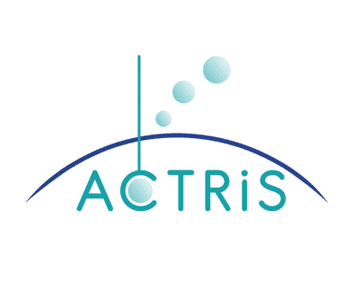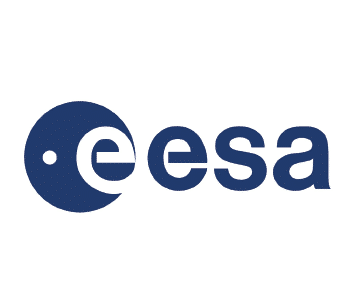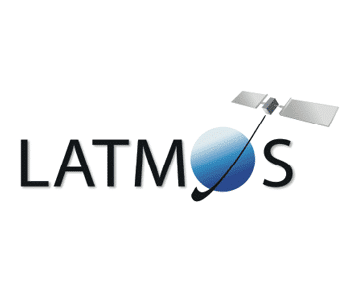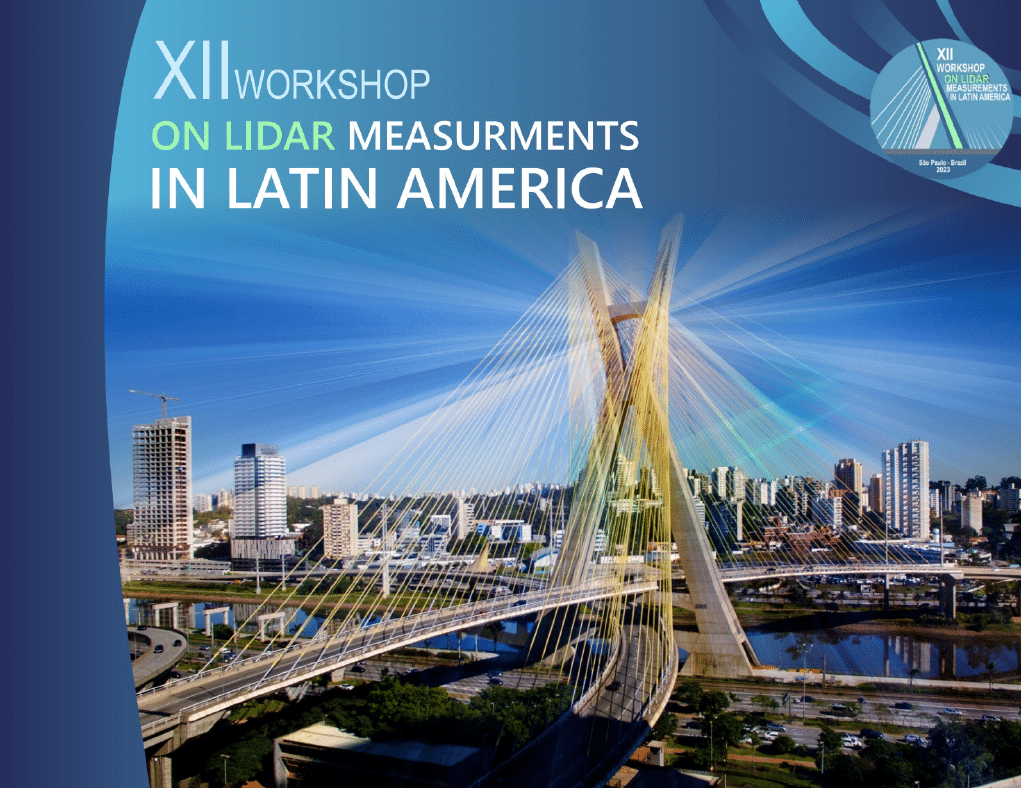Cimel Electronique
Cimel is a French manufacturer of meteorological and atmospheric observation systems for all “climate – sensitive” activities for more than 50 years.
Our core mission is to be the link between Scientific Research Community and the industrial world to develop innovative technologies and operational solutions. This way, we are able to answer the needs of new potential markets and various related applications.
Thanks to our 50 years of experience on these fields, we are well recognized for the following criteria:

High quality
& robustness for harsh environments

Autonomous
& reliable field equipment

Smart design
& economical systems
What they said about us
Pr. Philippe GOLOUB
Coordinator of the AERONET-Europe Research Infrastructure
Head of “Aerosol-Radiation Interactions” group in LOA
Head of “PHOTONS/AERONET” National Observation Service from CNRS/INSU
![]()
CIMEL and LOA / Service National d’Observation PHOTONS/AERONET, have worked in partnership since 1990, delivering high-end remote sensing solutions and relevant aerosol products across the world. Mid 2019, my group is operated about one hundred photometers distributed over sites in France, Africa, Europe and Asia. We would like to value Jean-Pierre Buis first, and his successor Didier Crozel and his team and look forward to develop new robust observation systems requested by the scientific community, like ACTRIS in Europe. Integrated system, including automatic sun/moon/sky photometer and LiDAR, both able to operate at fixed location and on various mobile platforms, are of great interest for our community. Constant partnership between LOA and CIMEL allows improvement of technologies, network performances and joint R & D and is benefiting to all users.
Dr. Giuseppe ZIBORDI
Joint Research Centre of the European Commission
![]()
The collaboration between CIMEL, NASA-GSFC and JRC, that goes back to 1999, has led to the implementation of state-of-the-art above-water measurement protocols in CIMEL CE318-T photometers. These added functions allow for autonomous measurements of the water reflectance through systems deployed on fixed platforms in coastal regions and lake areas. Such a capability, core of the Ocean Color component of the Aerosol Robotic Network (AERONET-OC), currently ensures a worldwide production of standardized and high quality measurements essential for the validation of satellite ocean color data products and for water quality monitoring.
Dr. Emilio CUEVAS
Director of the Izaña Atmospheric Research Center (AEMET)
![]()
Cimel is a world leading company in photometry for column aerosols and water vapor observations. The CE318-T photometer is the new NASA-AERONET standard. The Remote Sensing Aerosol Group at the Izana Atmospheric Research Center (AEMET, Spain) has been very pleased to collaborate in the development of the new Triple photometer with Cimel, a company always open to innovation and incorporate new challenging ideas.
Soudjay FAHARIDINE
C.E.O. of MEMAM Comores and Indian Ocean
8 years of collaboration
![]()
I would like to begin my testimony by paying a special tribute to the late Alain Voron, whose tenacity and professionalism made me know Cimel and their robust and completely autonomous weather and agro-weather solutions, which are perfectly adapted to local issues. This is what I appreciate most about Cimel, the drive for innovation, research and development, which means that the company does not sell products but rather solutions. The availability of the entire team and above all the reactivity in after-sales service comfort operators and users.
What they said about us
Pr. Philippe GOLOUB
Coordinator of the AERONET-Europe Research Infrastructure
Head of “Aerosol-Radiation Interactions” group in LOA
Head of “PHOTONS/AERONET” National Observation Service from CNRS/INSU
![]()
CIMEL and LOA / Service National d’Observation PHOTONS/AERONET, have worked in partnership since 1990, delivering high-end remote sensing solutions and relevant aerosol products across the world. Mid 2019, my group is operated about one hundred photometers distributed over sites in France, Africa, Europe and Asia. We would like to value Jean-Pierre Buis first, and his successor Didier Crozel and his team and look forward to develop new robust observation systems requested by the scientific community, like ACTRIS in Europe. Integrated system, including automatic sun/moon/sky photometer and LiDAR, both able to operate at fixed location and on various mobile platforms, are of great interest for our community. Constant partnership between LOA and CIMEL allows improvement of technologies, network performances and joint R & D and is benefiting to all users.
Dr. Giuseppe ZIBORDI
Joint Research Centre of the European Commission
![]()
The collaboration between CIMEL, NASA-GSFC and JRC, that goes back to 1999, has led to the implementation of state-of-the-art above-water measurement protocols in CIMEL CE318-T photometers. These added functions allow for autonomous measurements of the water reflectance through systems deployed on fixed platforms in coastal regions and lake areas. Such a capability, core of the Ocean Color component of the Aerosol Robotic Network (AERONET-OC), currently ensures a worldwide production of standardized and high quality measurements essential for the validation of satellite ocean color data products and for water quality monitoring.
Dr. Emilio CUEVAS
Director of the Izaña Atmospheric Research Center (AEMET)
![]()
Cimel is a world leading company in photometry for column aerosols and water vapor observations. The CE318-T photometer is the new NASA-AERONET standard. The Remote Sensing Aerosol Group at the Izana Atmospheric Research Center (AEMET, Spain) has been very pleased to collaborate in the development of the new Triple photometer with Cimel, a company always open to innovation and incorporate new challenging ideas.
Soudjay FAHARIDINE
C.E.O. of MEMAM Comores and Indian Ocean
8 years of collaboration
![]()
I would like to begin my testimony by paying a special tribute to the late Alain Voron, whose tenacity and professionalism made me know Cimel and their robust and completely autonomous weather and agro-weather solutions, which are perfectly adapted to local issues. This is what I appreciate most about Cimel, the drive for innovation, research and development, which means that the company does not sell products but rather solutions. The availability of the entire team and above all the reactivity in after-sales service comfort operators and users.
Latest news
XII WLMLA – São Paulo – IPEN
 admin
admin
 11 Apr 2024
11 Apr 2024
Presidential mission in Brazil
 Cimel
Cimel
 3 Apr 2024
3 Apr 2024
SDS 2024 Conference – NEOM City
 Cimel
Cimel
 12 Mar 2024
12 Mar 2024


























